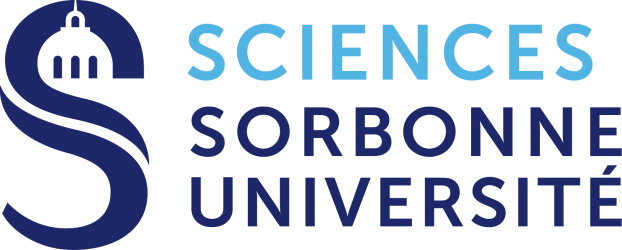https://mint.math.univ-toulouse.fr/fr/appels-offres/
https://www.cimi.univ-toulouse.fr/fr/appels-offres/doctorat/

M2 Apprentissage et Algorithmes (M2A)
Master Mathématiques et Applications / Master Informatique – Sorbonne Université




Plusieurs offres de thèse autour de la statistique : https://www.math.ku.dk/english/about/jobs/phd-stipends-in-statistics-and-the-mathematics-of-insurance-and-economics-22/
Deux stages/thèses.



Thèses commençant en janvier 2022 :
– One position is available at Sorbonne-University, Abou Dhabi, on the Modeling of Dynamical Systems with Geoscience Application: https://mlia.lip6.fr/wp-content/uploads/2021/09/PhD-position_SUAD-Deep-Learning-for-Modeling-Physical-Dynamics.pdf
– One position is available at Sorbonne University, Paris, on Deep Learning in Computational Fluid Dynamics : https://mlia.lip6.fr/wp-content/uploads/2021/10/Machine-Learning-Computational-Fluid-Dynamics-PhD-3-1.pdf




PhD positions at Imperial College London on data privacy and security (fully funded, deadline: Nov 15, 2021)
Our Computational Privacy Group at Imperial College London is offering fully funded PhD positions for 2021.
Topics of current interests include re-identification of individuals in large-scale behavioral datasets; statistical or machine learning-based attacks against privacy-preserving data systems or aggregates, privacy of machine learning models, as well as privacy engineering solutions such as differential privacy and query-based systems.
We are looking for candidates who love exploring new ideas, are willing to collaborate with others, and would like to generate impact through their research. Our research has been published in top journals and conferences such as Science, Nature Communications, or Usenix Security and has been widely cited in the press and public policy documents.
For full details, please consult https://cpg.doc.ic.ac.uk/openings/
Deadline: Oct 15th (prefered) or Nov 15th, 2021
Recommended prerequisites. MSc or MEng (4y BEng will be considered) in computer science, statistics, mathematics, or a related field. Experience in statistics and/or machine learning is a plus.
We encourage all qualified candidates to apply, in particular women, disabled, BAME, and LGBTQIA+ candidates.
About Imperial: Imperial College London, ranked 9th globally, is one of the top universities in the world. A full-time PhD at the South Kensington Campus takes 3-4
years, is fully funded and usually starts in October.